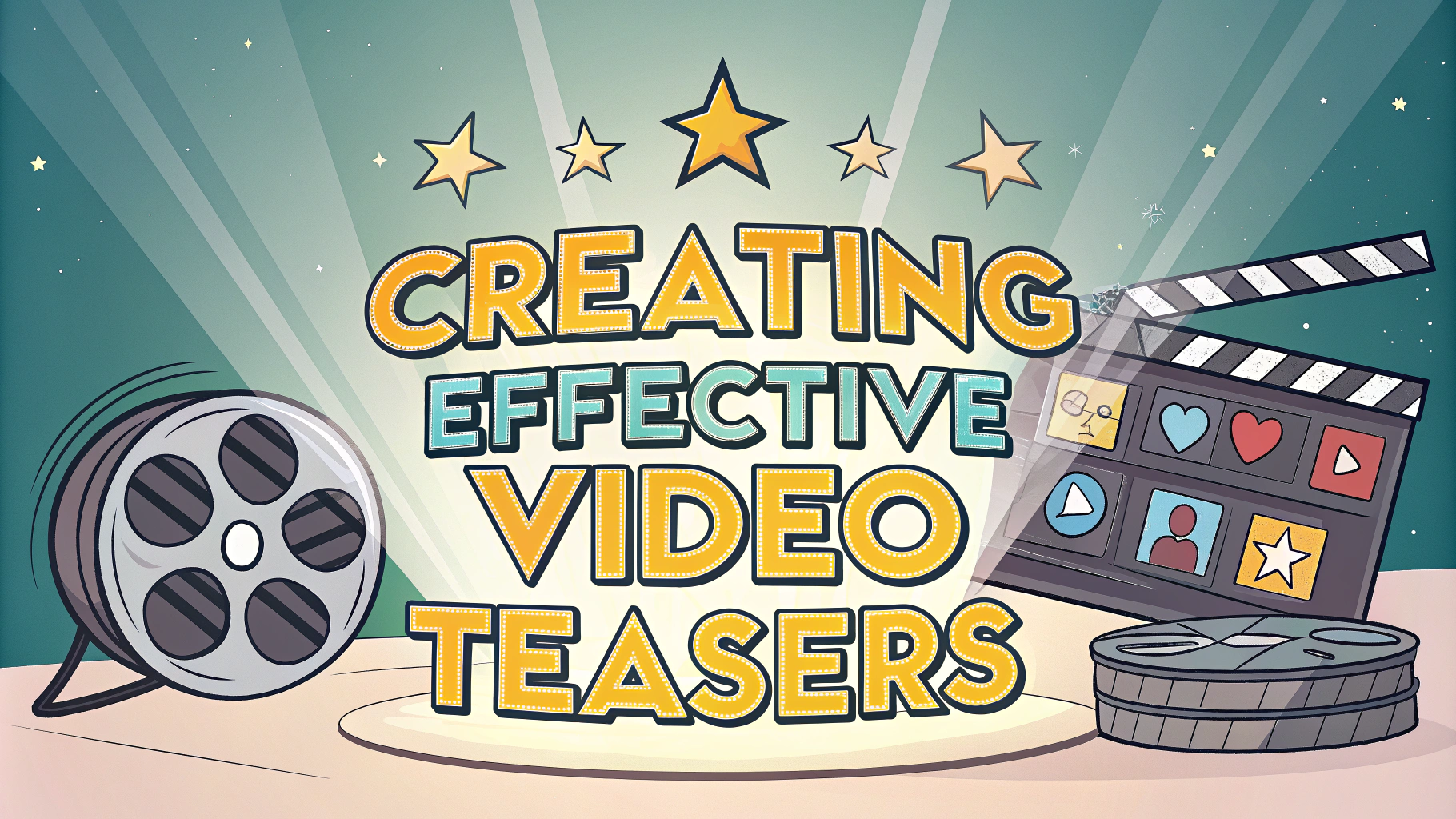Solo podcast episodes can be just as captivating as interviews when done right – and they offer unique advantages for creators who want complete control over their content.
Recording alone allows you to develop a more intimate connection with listeners while maintaining full creative freedom over topics, pace, and presentation style.
This guide shows you practical ways to plan, structure and deliver engaging solo episodes that keep your audience coming back for more.
Planning Your Solo Episode
Start with a clear topic that you’re genuinely passionate about and knowledgeable in.
- Write down 3-5 key points you want to cover
- Research relevant statistics and examples
- Create a loose outline (not a full script)
- Time block your segments
Structure for Success
Hook listeners in the first 30 seconds by presenting a compelling problem or question.
- Open with an intriguing story or statistic
- State what listeners will learn
- Transition smoothly between points
- End with a clear call-to-action
Technical Tips for Solo Recording
Record in a quiet space with sound absorption – blankets or acoustic panels work well.
- Use a quality USB microphone like the Rode NT-USB or Blue Yeti
- Monitor your audio with headphones while recording
- Keep water nearby for clear vocal delivery
- Record 10 seconds of room tone for editing
Keeping Energy Levels High
Stand while recording to maintain better vocal energy and breathing.
- Take brief breaks every 15 minutes
- Gesture naturally as you speak
- Smile – listeners can hear it in your voice
- Vary your pace and tone
Content Ideas for Solo Episodes
- Share personal stories and lessons learned
- Break down complex topics step-by-step
- Review products or services in your niche
- Answer listener questions
- Analyze current trends
Making Episodes Interactive
Encourage listener participation through social media engagement and feedback.
- Ask questions throughout the episode
- Create hashtags for discussion
- Read and respond to comments in future episodes
- Use polls to guide content direction
Taking Your Solo Show Forward
Track your metrics to understand what resonates with your audience.
- Monitor episode downloads and completion rates
- Study listener feedback and reviews
- Adjust content based on data insights
- Consistently schedule new episodes
Remember to join podcast communities like r/podcasting or the Podcast Movement for ongoing support and networking opportunities.
Editing Your Solo Content
Good editing can transform a basic recording into a polished, professional show.
- Remove filler words and long pauses
- Add music transitions where appropriate
- Balance audio levels throughout
- Include clear chapter markers
Building Your Brand Voice
Develop a distinct personality that sets your show apart from others in your niche.
- Create signature segments or catchphrases
- Maintain consistent intro and outro styles
- Share authentic perspectives
- Develop running themes across episodes
Monetization Strategies
Solo shows offer unique opportunities for revenue generation.
- Create premium episodes or bonus content
- Offer coaching or consulting services
- Develop digital products related to your content
- Partner with relevant sponsors
Mastering the Solo Podcast Journey
Success in solo podcasting comes from consistently delivering value while staying true to your unique voice.
- Focus on continuous improvement
- Build genuine connections with your audience
- Stay updated with industry trends
- Remember that authenticity resonates more than perfection
Ready to start your solo podcasting journey? Join podcasting communities and start implementing these strategies to create compelling content that connects with your audience.
FAQs
- How long should a solo podcast episode be?
Solo episodes typically work best between 15-45 minutes. However, the ideal length depends on your content value and audience preferences. Some successful solo shows run as short as 10 minutes or as long as an hour. - What equipment do I need for recording solo episodes?
Essential equipment includes a quality USB or XLR microphone, headphones, pop filter, microphone stand, and audio recording software like Audacity or GarageBand. - How do I prevent my solo episodes from sounding monotonous?
Vary your vocal tone, include audio transitions, incorporate sound effects when relevant, use music breaks, and structure your content with clear segments to maintain listener engagement. - Should I script my solo episodes completely?
Use a detailed outline rather than a complete script to sound more natural. Include key talking points, statistics, and quotes, but allow room for spontaneous thoughts and natural delivery. - How can I make solo episodes interactive without guests?
Include listener questions, read and respond to comments, create call-to-action segments, incorporate social media mentions, and address audience feedback from previous episodes. - What’s the best way to structure a solo podcast episode?
Start with a hook, provide a clear introduction of the topic, break content into 3-4 main segments, include examples or case studies, and end with a strong call-to-action or takeaway message. - How often should I release solo episodes?
Maintain a consistent schedule, whether weekly, bi-weekly, or monthly. The frequency should be sustainable for your production capacity while meeting audience expectations. - How do I handle technical issues when recording alone?
Always do a test recording before starting, keep backup equipment ready, record in a quiet environment, and consider using a backup recording device simultaneously. - What techniques can I use to overcome dead air in solo episodes?
Prepare transition phrases, use strategic pauses effectively, incorporate audio elements, and practice natural bridging between topics. - How can I promote my solo episodes effectively?
Create audiograms for social media, write engaging show notes, develop episode-specific graphics, utilize email newsletters, and leverage multiple social platforms for promotion.








